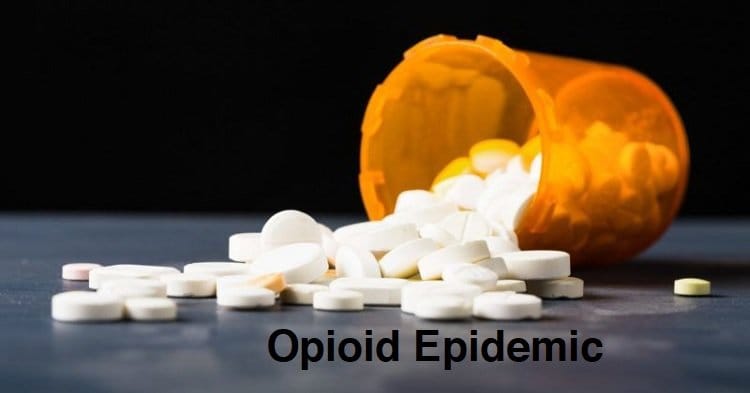The way we view addiction has come a long way in the past few decades. While a culture of stigma and blaming still exists, the issue is now confronted with far more nuance. Part of the reason is that addiction is now as likely to stem from legitimate use of prescription medication.
Imagine Nancy Reagan’s “Just Say No” campaign in context of today’s opioid epidemic. What was naive at the time is now downright ridiculous. Opioids are prescribed for a reason – to treat pain that can be truly crippling. Saying no to your doctor’s recommendation is simply not a realistic option.
If there’s one positive thing the opioid epidemic has brought us, it’s a clearer perspective of drug abuse and the people who fall victim to it. It’s the great equalizer. And this is more obvious than ever, considering that it’s not limited to the United States and Canada.
The opioid epidemic is worldwide. Let’s take a look at some of the statistics and explore what this shows us about addiction.

Who is Addicted to Opioids? Who is not?!
Using the US as a starting point, we can get an idea of how opioid dependence develops. The stats are frightening:
- 21 to 29% of patients prescribed opioids for chronic pain misuse them;
- 8 to 12% develop an opioid use disorder;
- 4 to 6% of those who misuse prescription opioids transition to heroin;
- About 80% of heroin users first misused prescription opioids;
- More than 115 Americans die every day due to opioid misuse.
The US and Canada are by far the most affected by the opioid crisis. This is due in large part to aggressive marketing by pharmaceutical firms here. But many other countries are following suit.
Germany is one of the worst affected, with opioids prescribed at a rate around 25% lower than that of the US. However, taking a look at the opposite end of the spectrum provides some interesting perspective as well.
India has an opioid problem, but not because of misuse or addiction. Opioids are rarely prescribed in India, even to those suffering from extreme chronic pain. While this means that few people become addicted to opioids, they need to find other ways to cope with the pain or they will struggle to function on a daily basis.
These facts may seem to have little in common, but they all have the same impact on the general public. They show the opioid epidemic in a context of pain. And pain is universal. It is not limited to certain countries or demographics. Money and success cannot make it go away.
The very nature of the opioid epidemic shows drug addiction in a new light. It shows us that it can be deadly. Drug addiction is not something to which you can “Just Say No.” While drug addicts need to take responsibility for their recovery, this does not mean that they are to blame.
Rather, drug addiction is a response to pain, emotional or physical, and every one of us will experience some level of pain throughout our lives.
It’s Not You
The traditional 12-Step programs certainly work for many addicts, but I approach addiction from another direction. I do not prescribe to the 1st step – that one is powerless over one’s addiction. On the contrary, I believe that nothing is more powerful than human thought.
That does not, however, mean that I assign blame to addicts. In fact, I do just the opposite. Addicts are not powerless precisely because there is nothing “wrong” with them. Their addiction is not caused by flaws in their very makeup, but by what seems at the time like an appropriate response to intense pain.
For this reason, a person can use their own internal power to implement other techniques to manage pain – techniques that are not harmful or dangerous, techniques that acknowledge the immense pain at the heart of the addiction.
The opioid epidemic has proven that drug addiction is not simply the result of a degenerate lifestyle or a mark of a “weak” person. Rather, it is pain that is the great equalizer. Once we realize this, we can stop blaming ourselves and others for addiction, and target the disease and not the person.
 Author Bio: Dr. Nancy Irwin is co-author of “Breaking Through, Stories of Hope and Recovery” and a Primary Therapist at Seasons in Malibu World Class Addiction and Mental Health Treatment Center.
Author Bio: Dr. Nancy Irwin is co-author of “Breaking Through, Stories of Hope and Recovery” and a Primary Therapist at Seasons in Malibu World Class Addiction and Mental Health Treatment Center.

